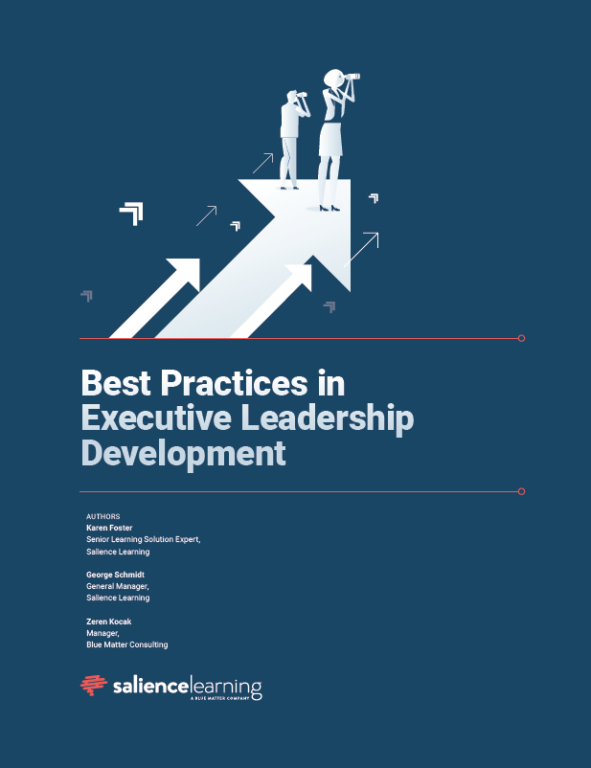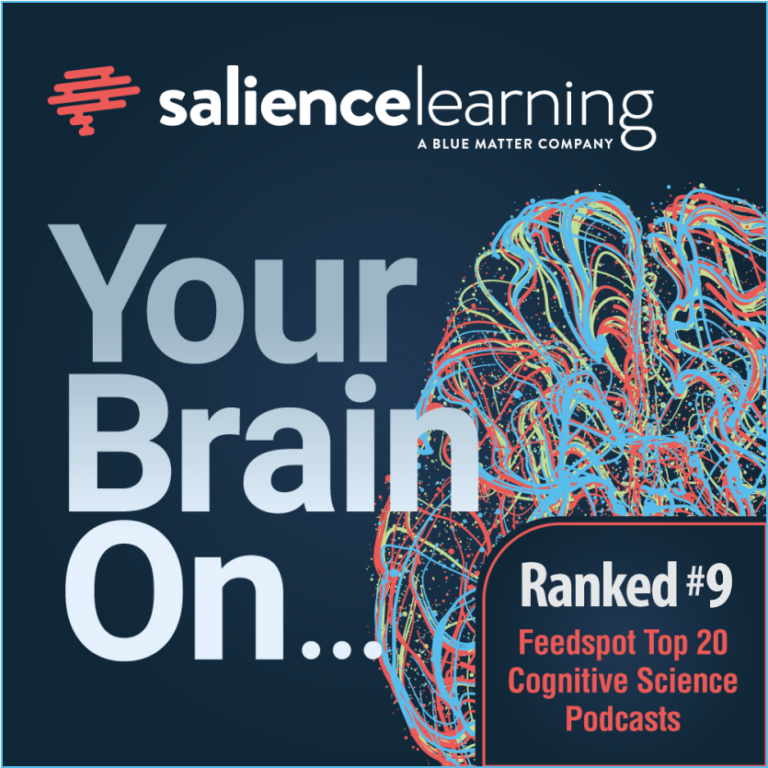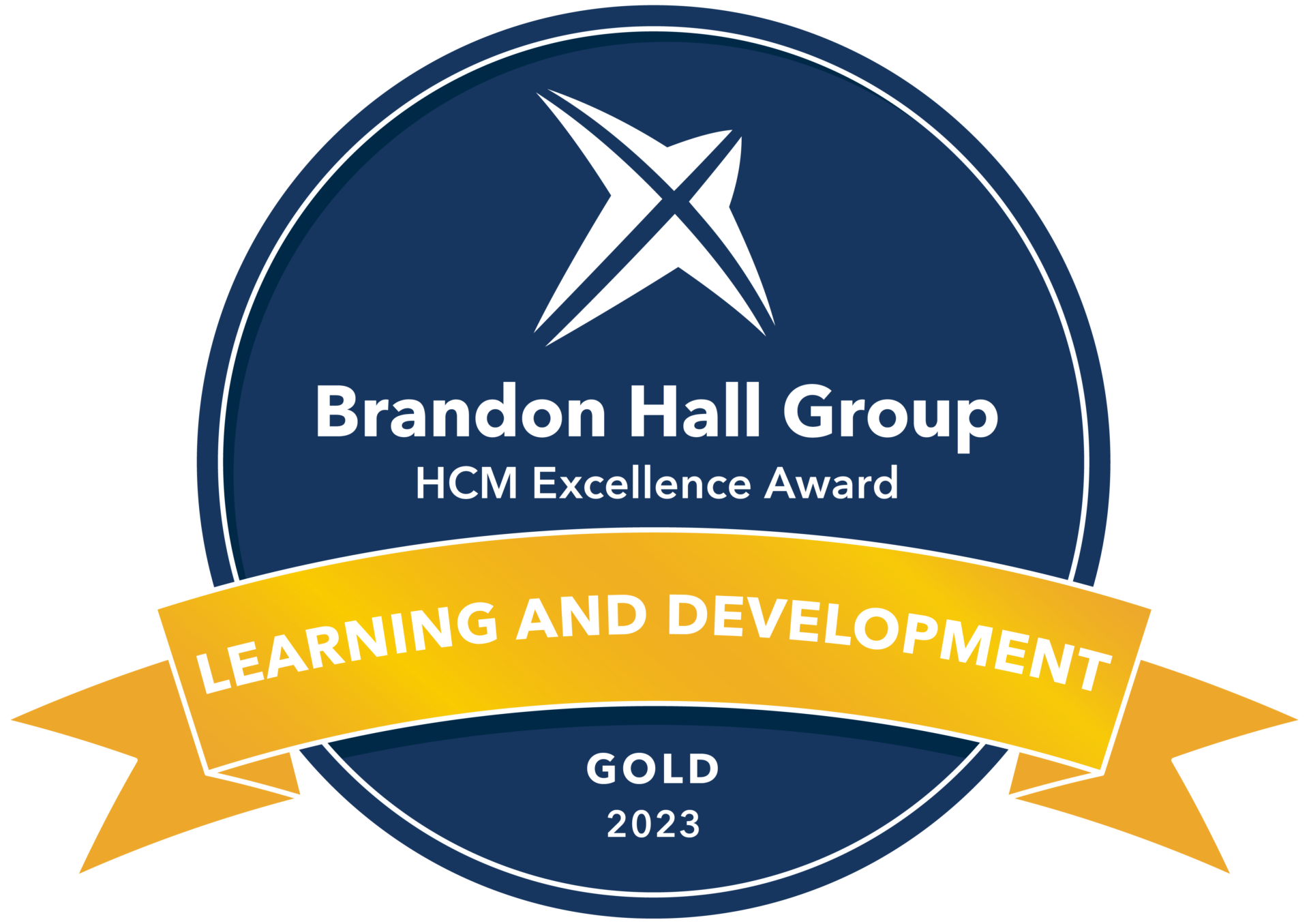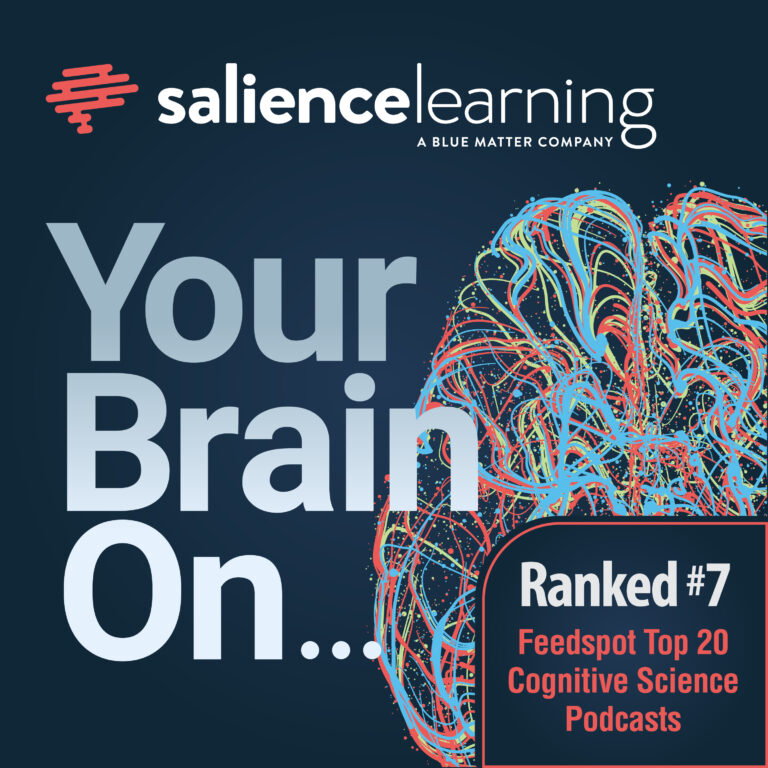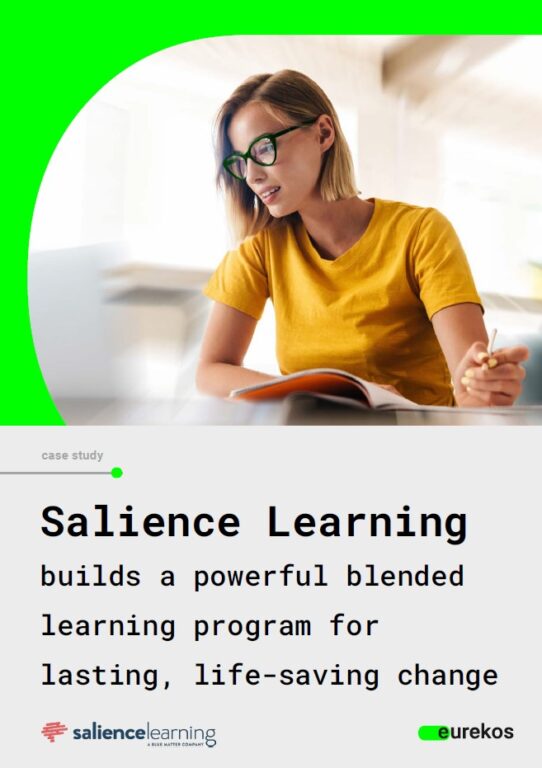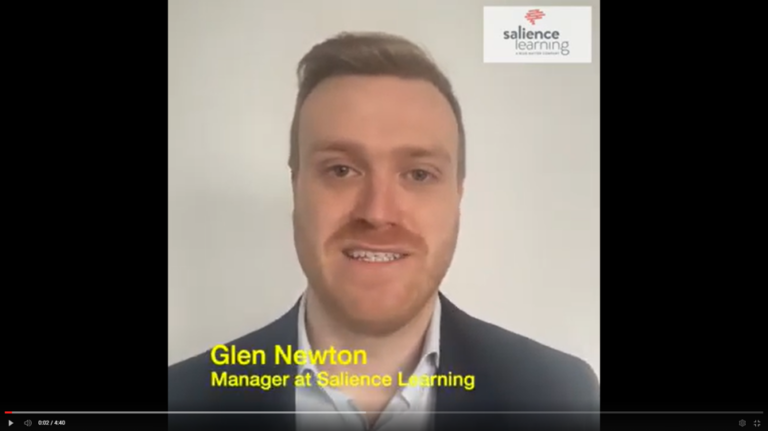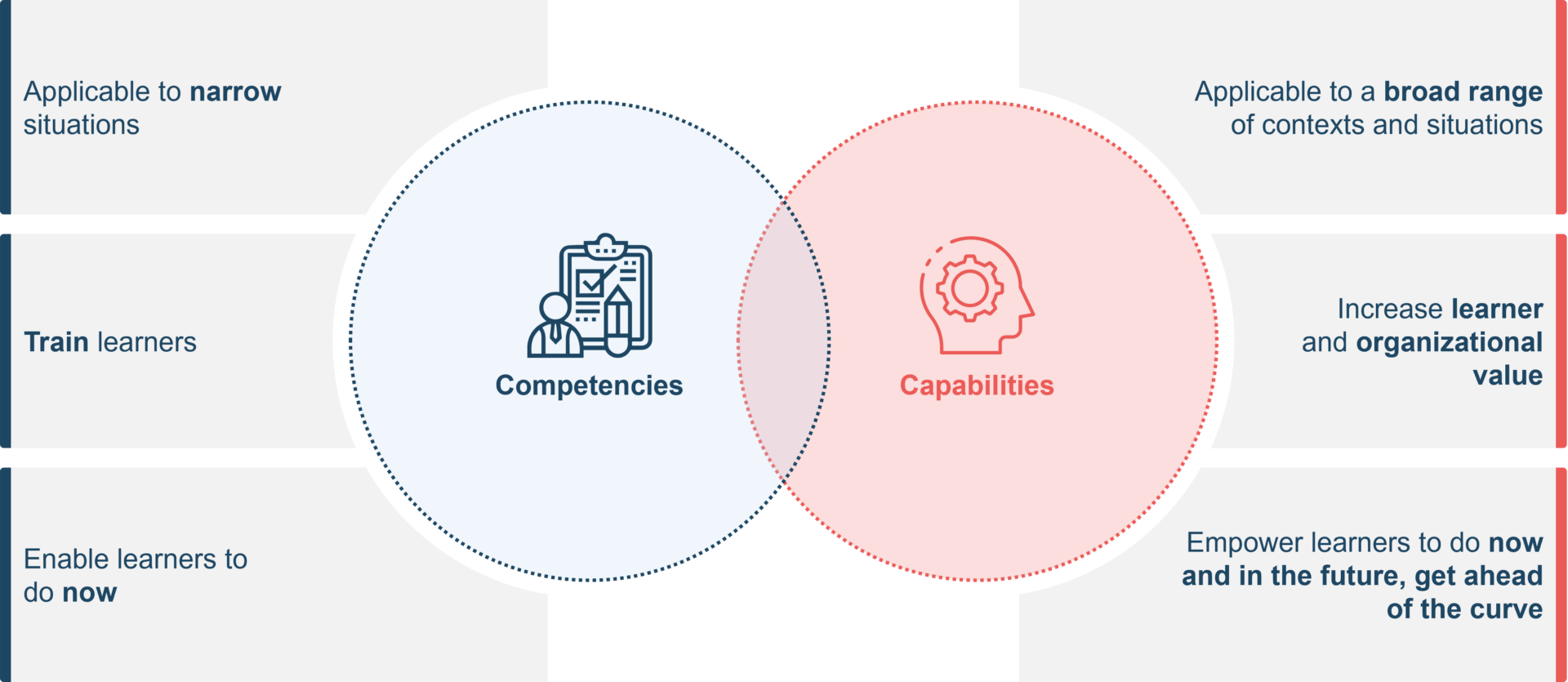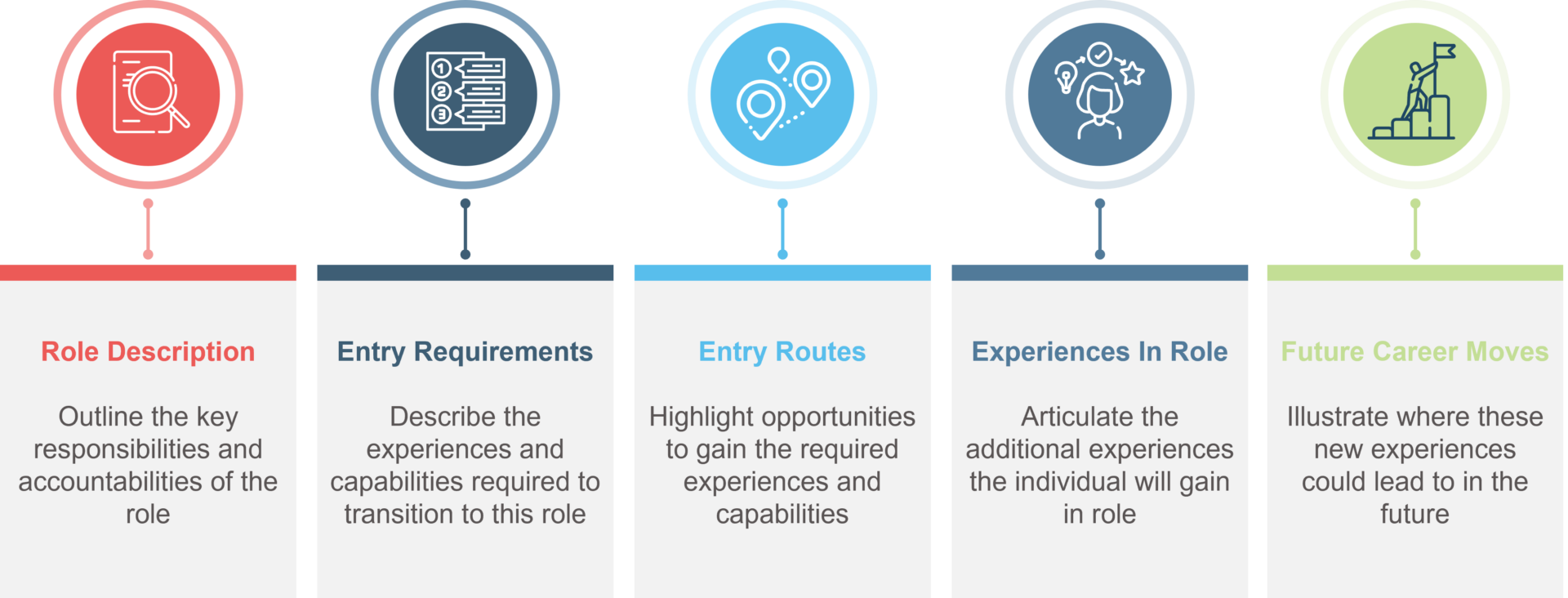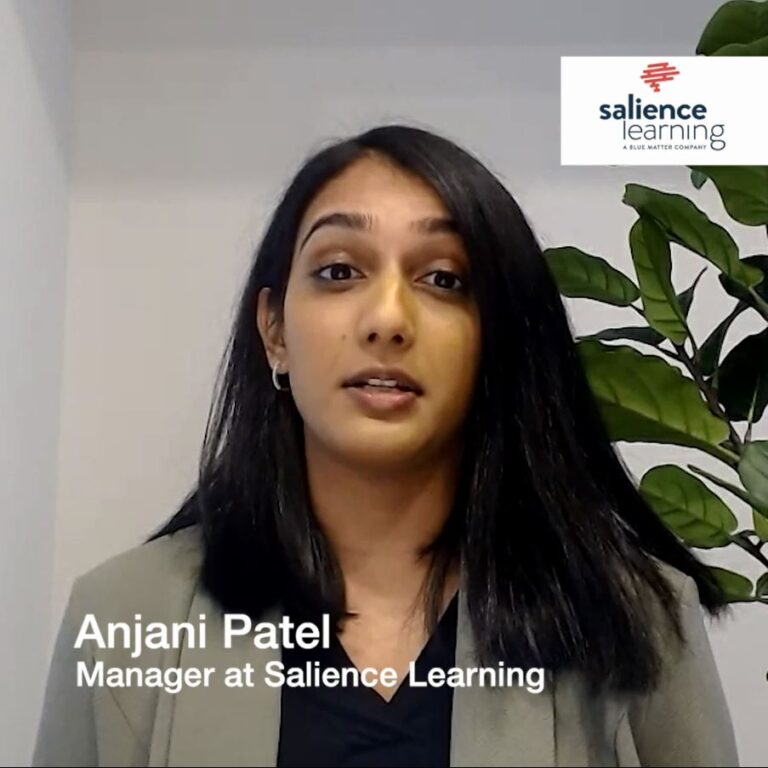Article • October 22, 2024
The Systematic Approach to Developing Core Capabilities, Part 3: Personalized Learning Plans

The concept of personalization in the biopharma industry is often discussed in the context of precision medicine, which identifies medication choices based on individuals’ genetic makeup and unique lifestyle factors, but life sciences companies are also harnessing the power of personalization to increase the effectiveness of learning and development (L&D) activities. With personalized learning plans (PLPs), biopharma companies are increasingly moving from the “one-size-fits-all” approach that many have traditionally taken and are developing training that enables employees to select training targeted to their particular strengths and development needs.
PLPs are a core element of the systematic approach to L&D. We define a systematic approach as one that is structured, methodical, and standardized across an organization, while consistently using ongoing evaluation and measurement, socializing the process with both leadership and individual contributors, and applying a mindset of continuous skills enhancement.
A systematic approach to L&D enables organizations to enhance employee effectiveness while also improving the employee experience. Part 1 of this series describes the benefits of this approach, as well as its key components. Those components are:
- Needs Analyses
- Capability Models
- Personalized Learning Plans
In Part 2, we explored needs analyses and capability models in depth, examining how biopharma L&D functions can use those processes to understand their employees’ learning needs and define the skills needed for any given role. In this third and final article in the series, we look at how a systematic approach to building PLPs can help target the right learning and development to the right employee at the right time—and in turn enhance employee engagement, retention, and performance.
Defining Personalized Learning Plans
Personalized learning plans are customized learning pathways that are targeted for specific functions, roles, and teams or for specific employees based on their roles, needs, level of expertise, and career goals. These plans differ from the traditional pharma L&D model, which offers standardized training to large groups of employees regardless of their individual needs, goals, learning styles, and career paths. Instead, the elements of a PLP are customized for individual learners. Using a PLP helps continuously upskill employees on core skills while offering them the flexibility and ownership to focus on their individual needs to meet and exceed their professional development goals.
A systematic, data-driven process for developing PLPs helps ensure that they align with organizational goals while addressing individual development needs. As we shared in the second article in this series, the process generally begins with a needs analysis, which looks at the skills individual employees currently possess as well as their areas for development, ultimately identifying the capabilities they need to perform their roles. Next, we recommend that L&D organizations build a capability model based on the needs analysis. The capability model provides details on expectations for performance in each role and helps L&D functions identify and develop the learning solutions needed for individuals to meet and exceed those expectations. With a personalized approach for developing capabilities and skills, individuals have the opportunity to create a learning plan that will help them achieve their specific goals. This usually takes place through a self-assessment or during performance reviews.
A key strength of PLPs is their flexibility and ability to meet the needs of different learners and situations. They are often customized for different proficiency levels, such as beginner, intermediate, or skilled. They may also vary by company and by individual. Some may include core courses and then offer a variety of additional learning options based on each person’s need. Based on the “70-20-10” model for L&D—which says that 70% of learning happens through on-the-job experience, 20% through social interactions with colleagues and friends, and 10% in formal training experiences—learning modalities should include a variety of on-the job learning, course-type work, and social learning. At Salience, we often align with 70-20-10 via experiential learning, social engagement, and spaced micro-learning.
The PLP that the employee and manager then collaborate to write—typically in the form of a templated document or within a learning management system—usually includes several common elements. These elements include:
- Information about the employee, including role, career goals, and an assessment of current capabilities and skills
- The employee’s prioritized learning goals or capabilities
- A list of learning activities and resources the employee will utilize to accomplish their learning goals
- A timeline detailing when specific learning activities will take place and when the learning should be completed, with interim milestones specified to ensure that the plan is on track
- Expectations for employee participation
- Mechanisms for assessment and feedback
Different parts of the company can play different roles in supporting the use of PLPs. L&D organizations can provide and develop learning solutions and opportunities based on the capability model, gauging which solutions are being used most often, measuring how those solutions are helping to improve behaviors, and identifying which gaps may still need to be filled. Leadership can support their employees by allowing them to spend time conducting the learning activities and identifying ways for employees to apply the skills on the job or learn from others (known as social learning).
Benefits of PLPs
PLPs that are built with a systematic approach have several measurable benefits for both employees and the organization, especially compared with the one-size-fits-all model. First, learning that is tailored to the needs of individual learners is always more effective than standardized learning. PLPs help equip employees to perform the responsibilities of their role at a higher level. When more employees can work with greater competency, companies are better equipped to succeed in the increasingly competitive global market.
In addition, because PLPs are customized to the specific needs of each individual learner, they are more likely to engage employees. The more engaged employees are, the more likely they are to choose to remain with the company. This in turn can help companies avoid the expense of recruiting and training new talent when disengaged employees leave.
Finally, because PLPs are specifically designed for each individual, they allow progress against goals to be tracked more easily, through tools such as pre- and post-assessments and observation of behavior change. These performance metrics make it easier to assess the effectiveness of L&D initiatives and adjust them as needed.
Personalized Learning Plan Case Study
Leadership for a global pharmaceutical company knew that they needed to future-proof their cell therapy organization to stay competitive in a rapidly changing marketplace. To do so, they undertook several initiatives to invest in people, processes, and culture. After working with Salience Learning to conduct a needs analysis and develop a capability model for their cell therapy team, the company asked us to develop a personalized learning plan framework for account managers in the cell therapy organization.
To address this request, we developed a PLP framework for executive presence capability. The model included a pre-assessment for each employee, followed by learning content on executive presence, and then a post-assessment followed by a capstone workshop. The learning solutions for the PLP included a few core courses and a range of options for the account managers to select from based on their needs assessment. The options used different modalities, including workshops, podcasts, videos, and links to additional resources. The model enabled each account manager to customize a learning pathway based on their individual needs.
With a dynamic learning curriculum systematically tailored to the needs of the cell therapy organization and incorporating different modules and learning modalities, the account managers can tailor their learning to their individual needs, building the skills required to succeed in a competitive environment. They will be able to leverage fundamental executive presence skills to help the company’s cell therapy organization thrive.
Conclusion
The economic, policy, and social transformations of the last several years have put increasing pressure on biopharma companies to operate more efficiently and effectively than ever, and Learning and Development functions play a key role in preparing employees to perform at the level needed to match the moment. By approaching the process of developing needs analyses, capability models, and personalized learning plans systematically, these companies can give themselves a boost in the battle to stay competitive in today’s changing market.



